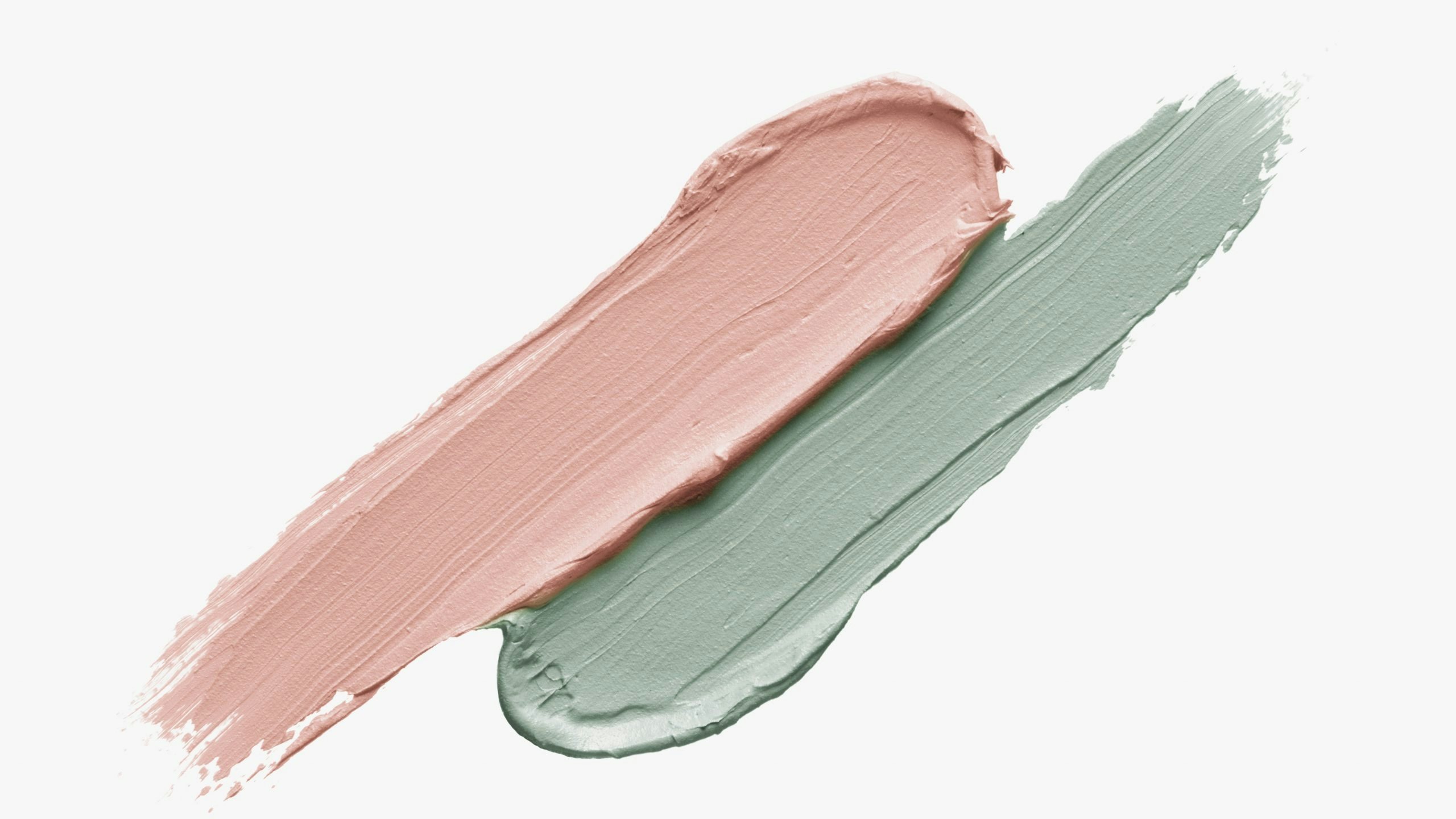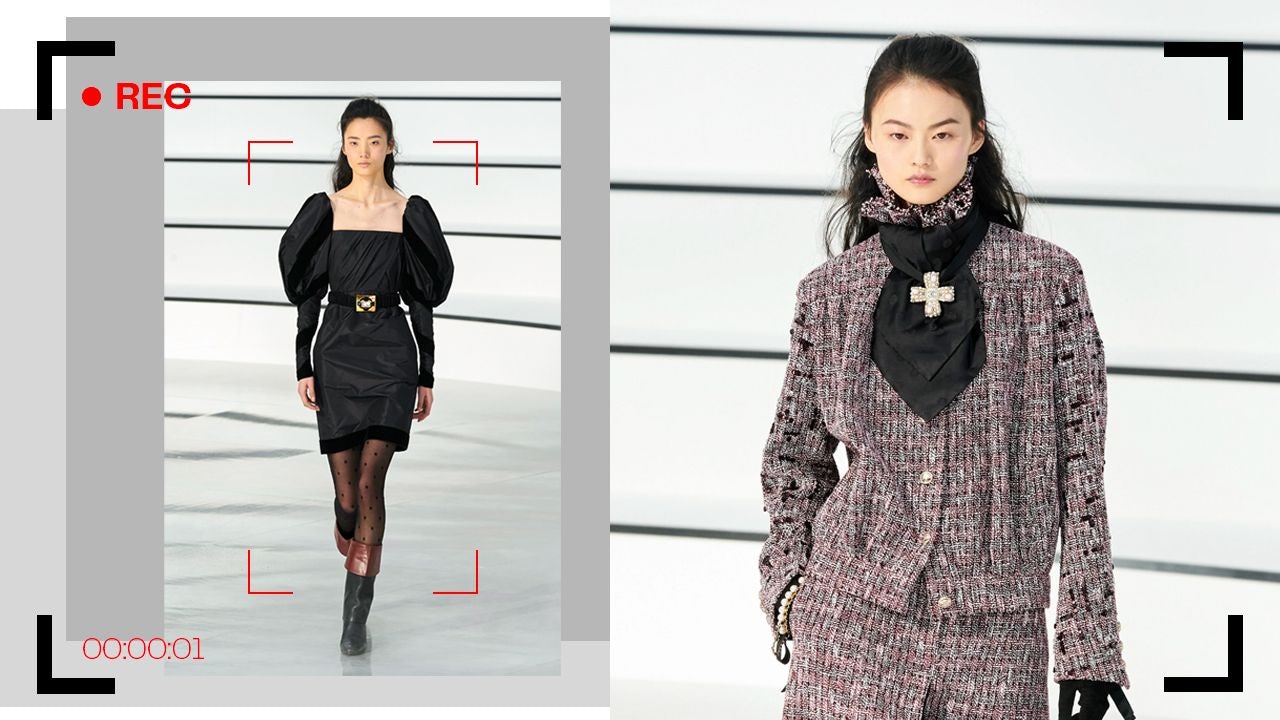COVID-19 is changing everything. For the beauty industry, which pre-pandemic, was busy cultivating innovation, investing in experiential marketing, designing sustainable packaging, and rewriting the rules of consumer engagement, the advent of the pandemic has brought on a host of unforeseeable challenges, as well as new possibilities.
With consumers around the world in various stages of lockdown, revenues have drastically fallen, and with it marketing budgets, brands have been forced to rethink their entire business models. Some brands have leveraged the power of the Internet to increase their perceived value, while others have revived their brand identity through contemporary sales techniques. It goes without saying, that regardless of the strategy, every brand felt the profound impact of COVID-19 on its operations.
But in the age of the “retail apocalypse,” when brick-and-mortar stores around the world are shutting down, e-commerce websites and online shopping experiences appear to be a beacon of hope. In fact, China’s National Bureau of Statistics highlights that total retail sales of social consumer goods within January and February decreased by 20.5 percent from the same period in the previous year — down to 5.2 billion yuan. However, e-commerce sales volumes grew by 3 percent. Evidently, while brick-and-mortar stores are bleeding money, online retailers are seeing impressive returns. This is especially true for unicorn beauty e-tailers that design products adapted for the self-isolation economy.
Although not every beauty brand has created COVID-19 specific product lines, most have found innovative ways to engage the consumer through livestreaming shopping sessions, WeChat Mini Programs, and pricing promotions. It’s worth noting that there’s also a minority of beauty retailers that have adopted a more cautious approach, refusing to embrace the recent trends shaping the beauty industry. Unmistakably, this prudent method could backfire, threatening their revenues and market share.
Given this, here are some of the latest trends shaping the beauty industry during the COVID-19 lockdown.
Live-commerce#
surges#
Some beauty retailers prepare daily content to keep their public engaged, others partner with KOLs to present skincare routines and beauty tutorials, and most invest in marketing campaigns on short video apps. All are valid marketing strategies in the age of remote shopping, but no other company exceeds Alibaba in harnessing the power of livestreaming.
Data from Alizila, the news hub for the Alibaba Group, and Vogue Business in China highlights that even prior to the COVID-19 epidemic Taobao hosted more than 4,000 livestreamers, who generate 150,000 hours of content daily. And during the 2019 Singles’ Day, Taobao Live reached sales of RMB 20 billion (around 2.85 billion), accounting for roughly 7.5 percent of the group’s overall RMB 268.4 billion (around 40.8 billion) in sales.
The stay-at-home order only boosted the livestreaming trend. For example, Alizila reported that in February 2020, livestream sessions on Taobao Live had increased by 110 percent compared to the same period last year. In addition, Glossy mentions that in February, the number of merchants on the Taobao live-streaming platform increased by an amazing 719 percent.
Indie beauty brands and smaller retailers who were hit particularly hard by the COVID-19 crisis seem to be a crucial force behind the change. Sun Laichun, founder of cosmetics brand Forest Cabin, told Alizila that sales fell 90 percent during the Spring Festival holiday. Under such harsh conditions, Sun Laichun estimated a loss of up to RMB30 million (4.26 million) per month and possible bankruptcy in under two months.
Given its dire situation, Forest Cabin changed its strategy and started integrating live videos in its marketing strategy. The result was overwhelmingly positive, and in 15 days, Forest Cabin’s sales surpassed the same day last year by 45 percent. The brand coached its 1,600 shop attendants on how to host a livestream session on Taobao Live and “was soon adding some 3,000 new loyalty members a day, up from the typical average of 800 to 1,000 people,” according to Alizila.
Global beauty brands like L’Oréal also got on the livestream bandwagon. For instance, the French beauty titan used Little Red Book for a livestreaming session on March 18. In addition, Perfect Diary used WeChat’s new livestreaming capabilities to promote its products for International Women’s Day on March 8.
No-touch retail#
Let’s face it, those free beauty samples scattered around brick-and-mortar stores didn’t seem too hygienic even prior to the COVID-19 crisis. In today’s world, they are veritable health bombs. Touching a sample blush used by other customers could possibly send you to the hospital, so the no-touch retail approach is a welcomed change.
Given this, Chinese beauty suppliers have replaced the in-store human interaction with online exchanges that take place on digital platforms, as online has become a safe place where consumers test products, have live appointments, watch reviews, and have their real-time questions answered by brand ambassadors, all while staying safe at home.
Some beauty retailers, like Sephora, are already tech-savvy. They launched an in-store 3D augmented reality mirrors by ModiFace, and an innovative Virtual Artist app allows users to virtually try on unique make-up products. Dior has also inaugurated its own 3Dior Makeupexperience, and Bobbi Brown used the Blippar App, and Maybelline offers virtual makeovers on its website.
The rise of new beauty essentials#
As the COVID-19 pandemic rages on, some brands have pivoted to manufacture products that can help with the crisis. CHANDO, One Leaf, and Biohyalux started manufacturing hand sanitizers. And as of late March, CHANDO’s Alcohol Hand Repair (修护酒精手) has already sold almost 25,000 units online, according to Measure China
.#
The public saw the power of the hand sanitizer niche during the National Hand Washing Challenge (全民洗手舞挑战赛) and University Hand Washing Dance Challenge (高校洗手舞接力赛) hosted by Tencent’s Wesee video streaming platform. These events attracted more than 58.4 million viewers. Other retailers redeployed production lines and started manufacturing surgical masks. Insider reports that more than 38,000 companies registered in 2020 to make or trade face masks. Compared to the 8,594 new companies registered in the whole 2019, the number is mind boggling.
Even established luxury players like Louis Vuitton, Saint Laurent, Bulgari, Balenciaga, and Armani got caught up in the frenzy. Louis Vuitton announced that it will manufacture up to 100,000 face masks a week. This comes after LVMH already redesigned some of its factories to produce hand sanitizer. Armani’s and Prada’s Italian production facilities also started producing medical overalls. And instead of jewelry, Bulgari sent hand sanitizers into production while Kering-owned Gucci and Saint Laurent started producing masks in their French workshops.
Looking at the wider picture, it’s self evident that COVID-19 will change the beauty industry permanently. Luckily, the prestige beauty industry is one sector that is better equipped to deal with the change because of independent, insurgent brands that use disruptive technologies. On the other hand, timelessbrands that refuse to adopt a startup mindset typical for digital natives will become irrelevant.
In the end, no one knows the industry better than Camillo Pane, former CEO of Coty who told Forbes in 2017 “The beauty industry is becoming increasingly complex. Our instinct is to dislike complexity. But we either embrace it, or we’re not going tobe around.” His words resonate today, more than ever: innovate or disappear.

